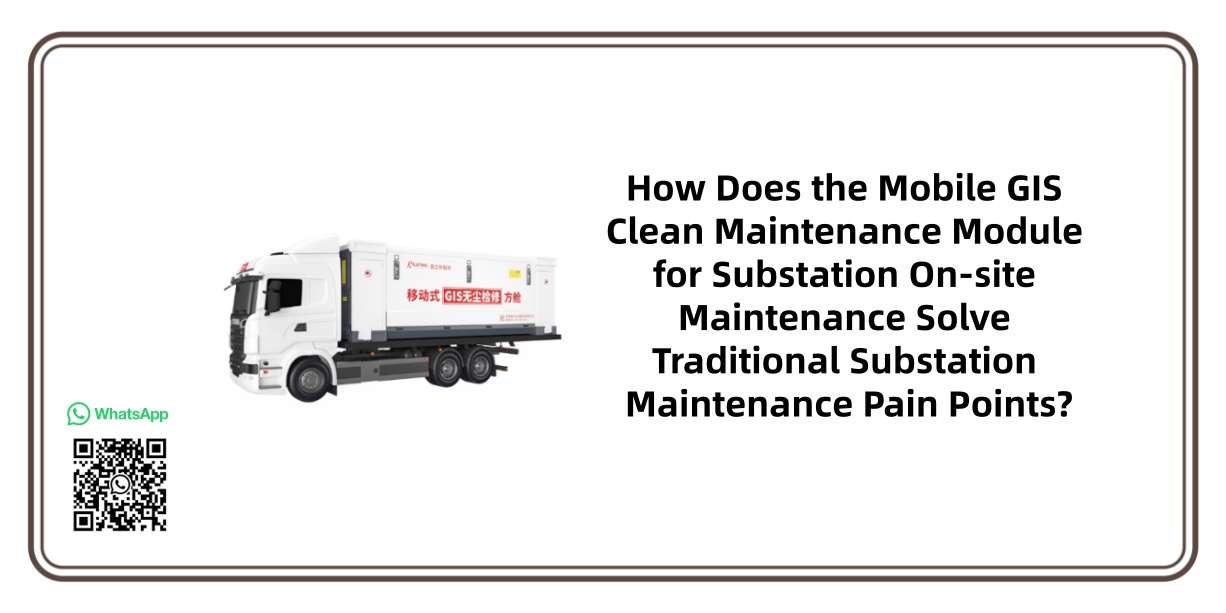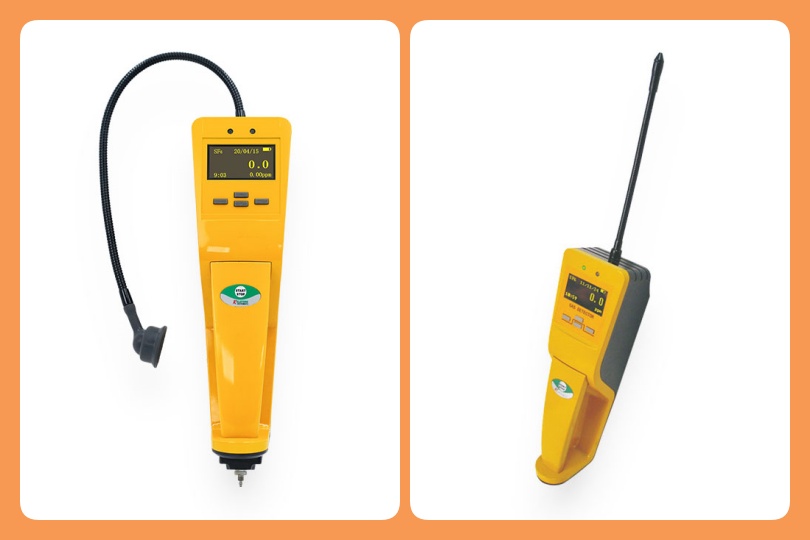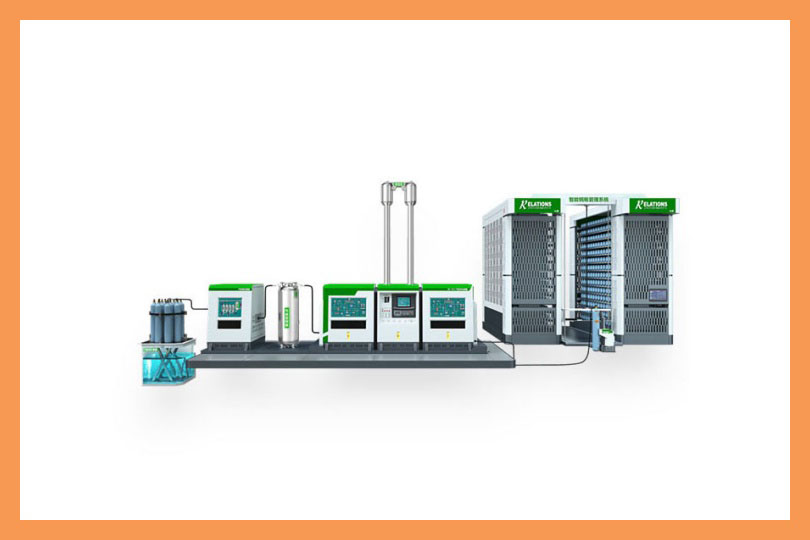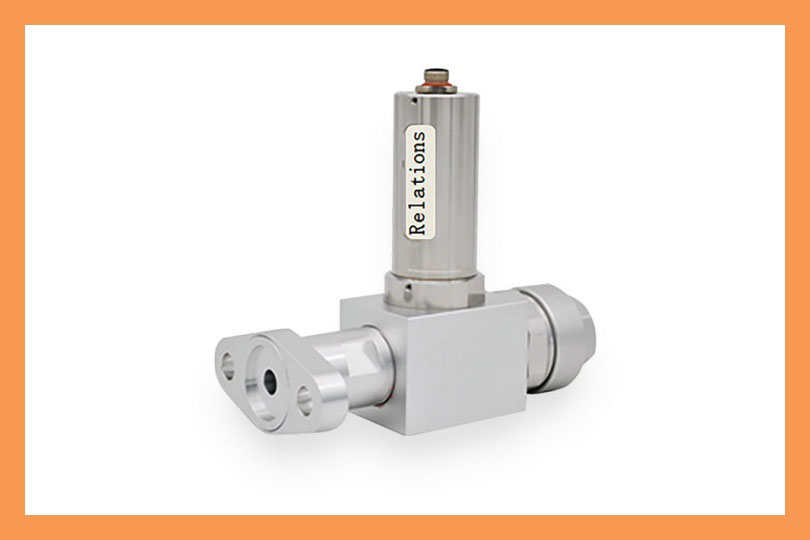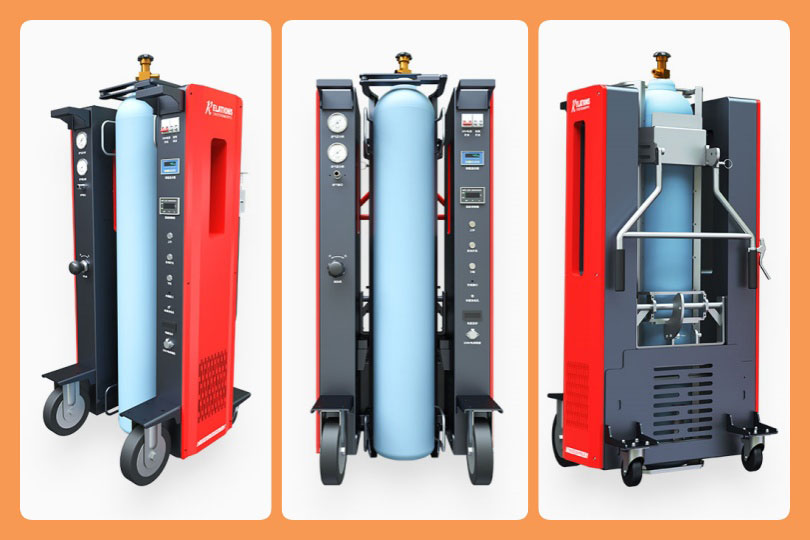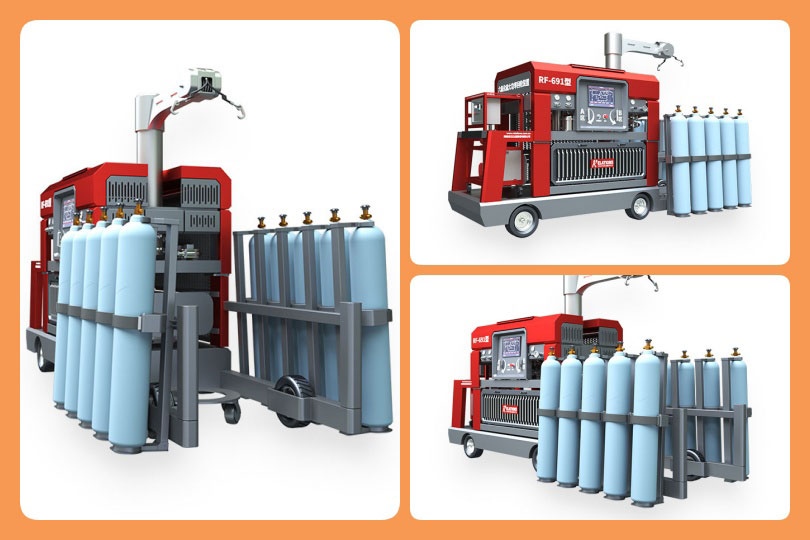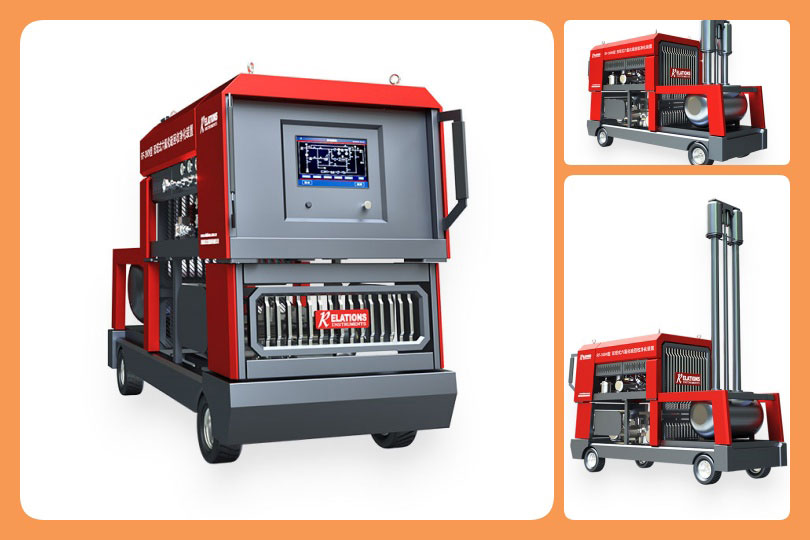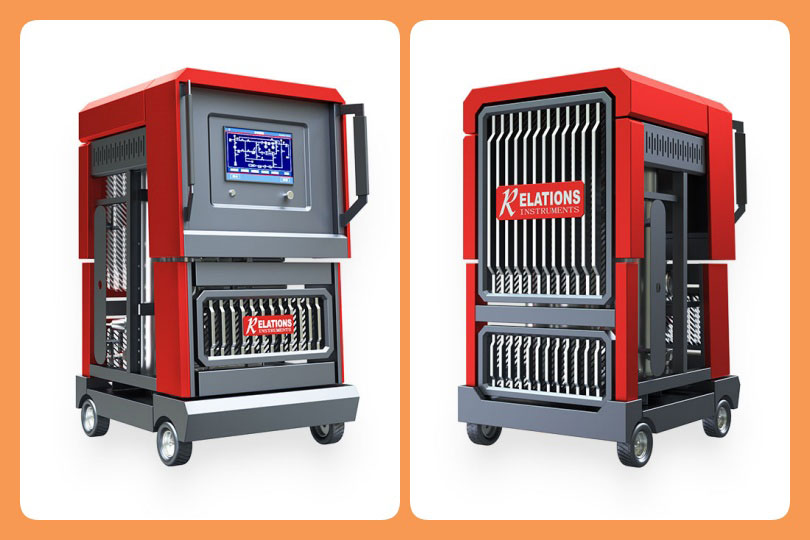How Does the Mobile GIS Clean Maintenance Module for Substation On-site Maintenance Solve Traditional Substation Maintenance Pain Points?
Date
2025-09-23
[email protected]
Website
www.sf6gasdetector.com
Get Solutions And Quotes
How Does the Mobile GIS Clean Maintenance Module for Substation On-site Maintenance Solve Traditional Substation Maintenance Pain Points?
Substation on-site maintenance is a critical link in ensuring stable power grid operation, but traditional maintenance methods face long-standing challenges: scattered equipment location data, delayed cleaning task records, and difficulty in real-time coordination between teams. These pain points often lead to extended maintenance cycles, increased operational costs, and even potential safety hazards. Against this backdrop, the Mobile GIS Clean Maintenance Module for Substation On-site Maintenance has emerged as a game-changing solution, integrating mobile technology, Geographic Information System (GIS), and clean maintenance workflows to redefine efficiency and accuracy in on-site operations.
1. Core Challenges of Traditional Substation On-site Maintenance
Before the adoption of mobile GIS technology, substation maintenance teams relied on paper-based checklists or standalone software to manage clean maintenance tasks. For example, when inspecting transformer cooling systems or insulator surfaces, workers had to manually record equipment locations (often using vague labels like “No. 3 transformer area”) and cleaning status. This approach had three major flaws:
Spatial information disconnect: Without GIS-based location mapping, teams wasted 15-20% of working time searching for specific equipment, especially in large substations with hundreds of devices.
Data timeliness issues: Cleaning records were often compiled post-maintenance, leading to delays in identifying recurring dirt buildup (e.g., oil stains on switchgear) that could cause equipment overheating.
Poor collaboration: Field workers couldn’t share real-time issues (e.g., inaccessible cleaning areas due to wiring) with back-end teams, resulting in repeated site visits.
2. Key Functions of the Mobile GIS Clean Maintenance Module
The Mobile GIS Clean Maintenance Module for Substation On-site Maintenance addresses these gaps by combining mobile accessibility with spatial data analytics. Its core functions are tailored to on-site needs:
2.1 Real-Time Spatial Data Collection & Visualization
Workers use smartphones or tablets equipped with the module to access a high-precision GIS map of the substation. The map marks every piece of equipment (transformers, circuit breakers, insulators) with unique identifiers, including location coordinates, installation date, and cleaning frequency requirements. When conducting clean maintenance, users can:
Tap on equipment icons to pull up historical cleaning records (e.g., “Last cleaned: 60 days ago, dirt type: dust accumulation”).
Capture photos of cleaning progress (e.g., before/after images of insulator cleaning) and attach them to the equipment’s GIS profile, ensuring visual verification.
2.2 Digitized Clean Maintenance Workflows
The module replaces paper checklists with interactive task lists synced to GIS locations. For instance, when a “monthly insulator cleaning” task is assigned, the system automatically sends notifications to field teams, highlighting the exact equipment location on the map. During execution, workers can:
Update task status in real time (e.g., “In progress,” “Completed,” “Needs re-cleaning”).
Log cleaning materials used (e.g., non-conductive cleaning agents) and time spent, which feeds into cost-tracking dashboards for back-end management.
2.3 GIS-Powered Analytics for Predictive Maintenance
Beyond real-time operations, the module uses spatial data to identify maintenance patterns. For example, it can analyze GIS maps to show that equipment in “outdoor southern areas” accumulates dust 30% faster than indoor devices. This insight allows teams to adjust cleaning schedules proactively, reducing unexpected equipment failures by up to 25%.
3. Practical Benefits for Substation Operations
Early adopters of the Mobile GIS Clean Maintenance Module for Substation On-site Maintenance have reported tangible improvements:
Efficiency gains: On-site maintenance time per substation has been reduced by 20-30%, as teams no longer waste time on manual data entry or equipment searching.
Cost reduction: By optimizing cleaning schedules and reducing repeat visits, operational costs (e.g., labor, material transportation) have dropped by an average of 18%.
Safety enhancement: Real-time data sharing allows back-end engineers to remotely guide workers through high-risk tasks (e.g., cleaning high-voltage equipment), lowering accident rates by 12%.
4. Future Trends: Integrating IoT and AI for Enhanced Capabilities
As power grids become smarter, the Mobile GIS Clean Maintenance Module is evolving to integrate IoT (Internet of Things) and AI. Future iterations will:
Connect to IoT sensors on substation equipment to automatically trigger cleaning alerts (e.g., “Dust level on transformer fins exceeds threshold”).
Use AI to analyze GIS and maintenance data, predicting equipment failure risks based on spatial factors (e.g., proximity to industrial dust sources).
The Mobile GIS Clean Maintenance Module for Substation On-site Maintenance is no longer a “nice-to-have” but a “must-have” for modern power grid operations. By bridging the gap between spatial data, mobile accessibility, and clean maintenance workflows, it solves traditional pain points while laying the groundwork for predictive, efficient, and safe substation management. As the energy industry continues to digitize, this module will remain a cornerstone of on-site maintenance innovation.
